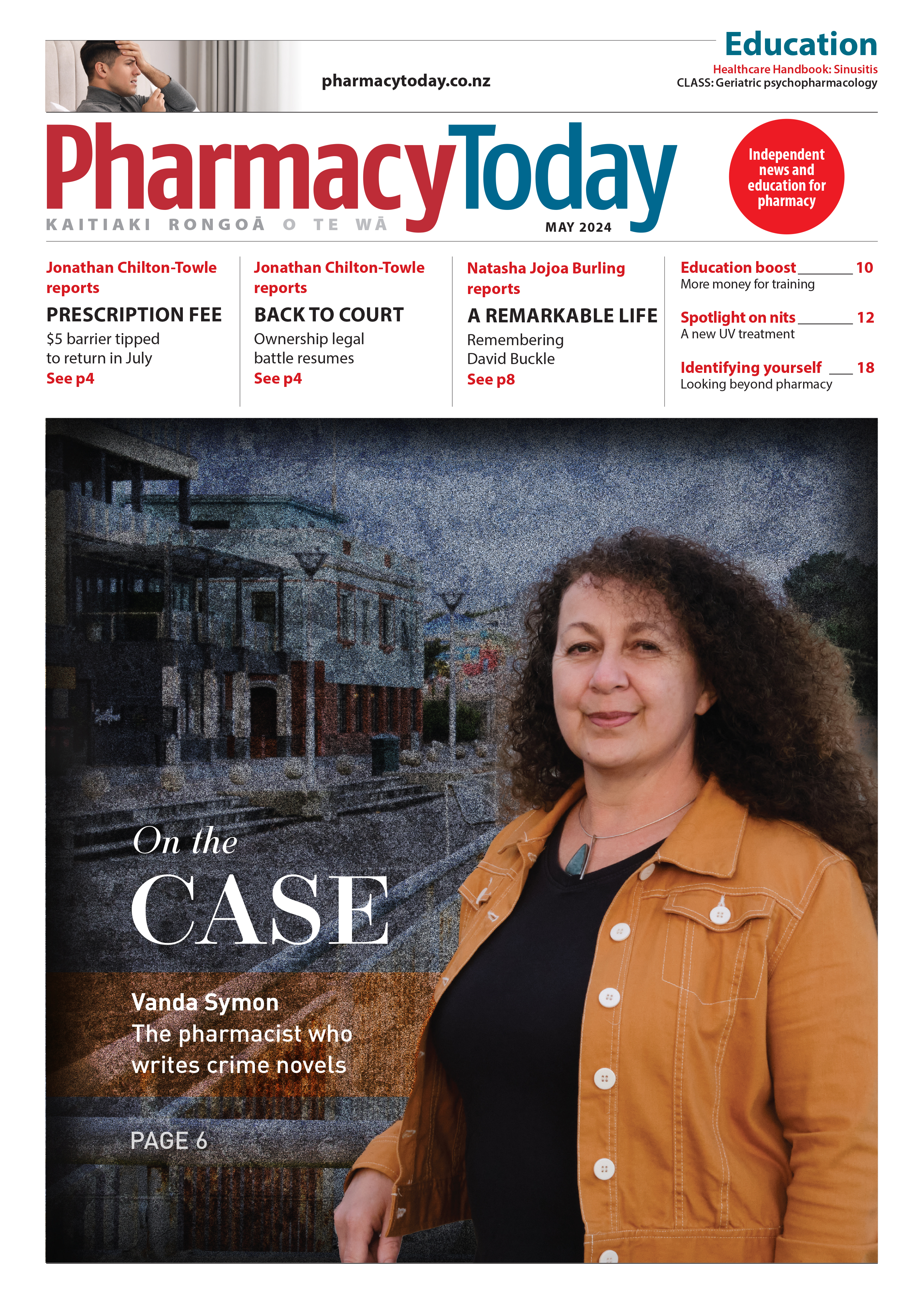This article, written by Sidhesh Phaldessai, provides an overview of geriatric psychopharmacology, including the epidemiology of mental health disorders in the older population, the physiological changes that occur with ageing and their impact on pharmacokinetics and pharmacodynamics, and the use of psychotropic medications in older adults
Errors following cupping therapy from Chinese medicine practitioner
Errors following cupping therapy from Chinese medicine practitioner
A Chinese medicine practitioner has breached the Code of Health and Disability Services Consumers’ Rights (the Code) for his actions when treating a client with fire cupping therapy.
The practitioner treated a woman for a shoulder injury with fire cupping therapy over seven visits. On the final visit, the woman developed a blister from the fire cupping therapy, which was treated by the practitioner using a traditional herbal plaster. The plaster - which contained unknown ingredients and was likely not sterile - left a sticky substance in the blister.
The woman made a number of visits to an emergency medical centre to treat the wound. The sticky substance was difficult to remove and made the wound painful. The woman was also prescribed antibiotics as the wound became infected.
The practitioner’s registration body, the New Zealand Acupuncture Standards Authority (NZASA), carried out its own investigation and report, which contained a number of recommendations, including further education.
Deputy Health and Disability Commissioner Deborah James found the Chinese medicine practitioner in multiple breaches of the Code. This included failures in the informed consent procedure, the use of the herbal plaster to treat the blister and the practitioner’s clinical documentation.
Ms James found the practitioner breached the Code for failing to discuss the risks and side effects of cupping treatment with the woman. "Right 6(1) states that every consumer has the right to an explanation of the options available, including an assessment of the expected risks and side effects," she said.
Because the woman did not get an explanation of the risks and side effects, she was unable to give informed consent to the treatment, which breached Right 7(1). "I agree with the New Zealand Acupuncture Standards Authority (NZASA) Guidelines that consent should be obtained through an ongoing process between the consumer and practitioner. It is not sufficient merely to rely on a signed consent form checked by a receptionist," said Ms James.
Ms James also found the practitioner breached Right 4(1) of the Code for failing to provide services with reasonable care and skill. The use of the plaster to treat the woman’s blister was inappropriate, given the unknown ingredients, lack of expiry date, quality, or licensing mark, and the fact that it was likely not sterile.
"I agree with NZASA that the appropriate course of action would have been to treat the woman’s blister with a sterile, non-adhesive dressing, and I am critical that the practitioner did not do so," Ms James said.
Finally, the practitioner’s clinical record-keeping did not meet the standard required by the NZASA Code of Safe Practice (Acupuncture). Right 4(2) gives consumers the right to services that comply with professional standards.
"I consider that in not recording important information in the patient’s record, the practitioner failed to maintain clear and accurate clinical records, as required by the NZASA Code of Safe Practice (Acupuncture)," Ms James said.
The Deputy Commissioner also noted that the practitioner’s offer of $500 to the woman as compensation was not considered appropriate by NZASA and reminded the practitioner not to, "take actions that could be interpreted by a consumer as subverting a complaints process and/or avoiding accountability for any perceived deficits in the care provided."
Noting that the NZASA considered that their recommendations had been met, Ms James recommended that the practitioner apologise to the woman, develop a full suite of policies and procedures, including an informed consent and a complaints procedure, that is compliant with the Code, and arrange an NZASA audit of his patient notes.





